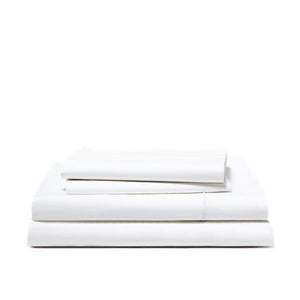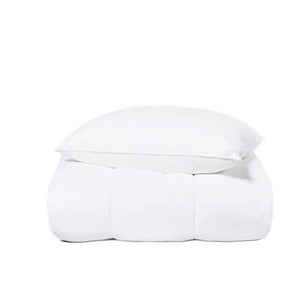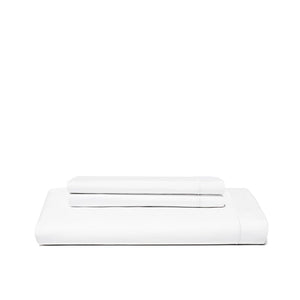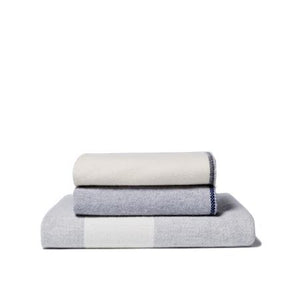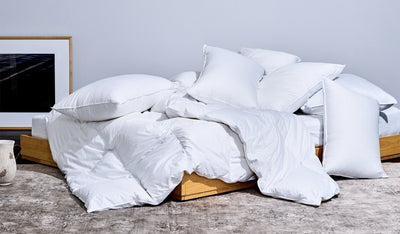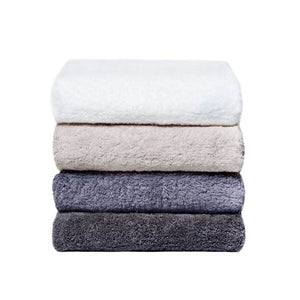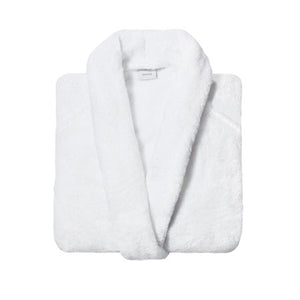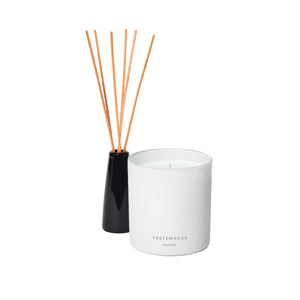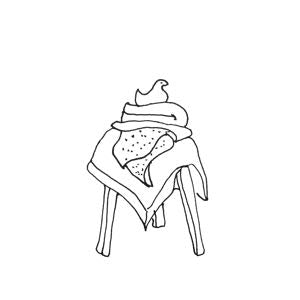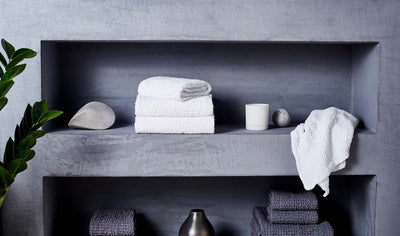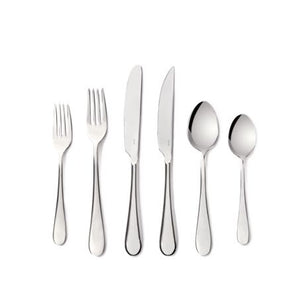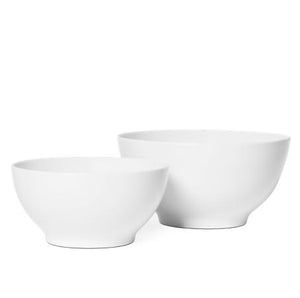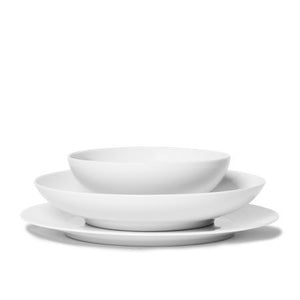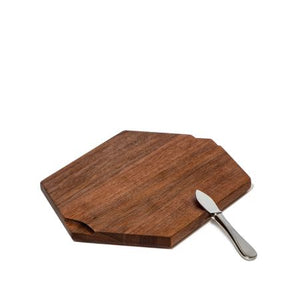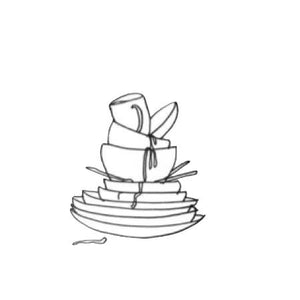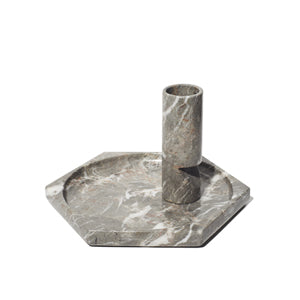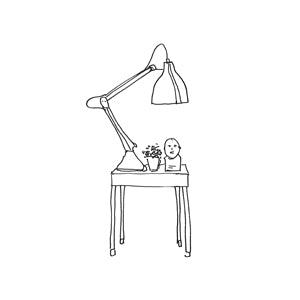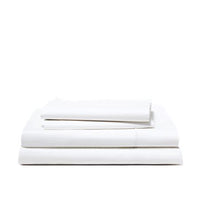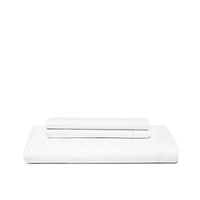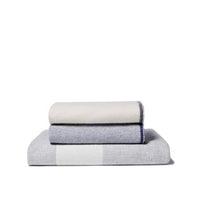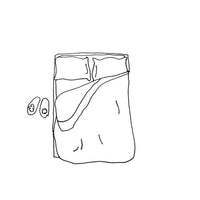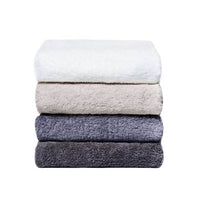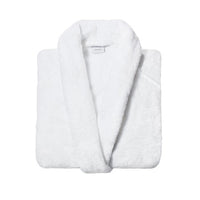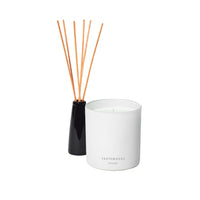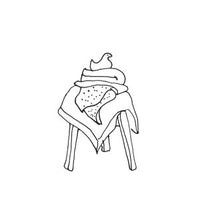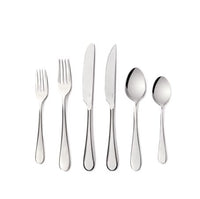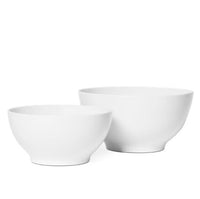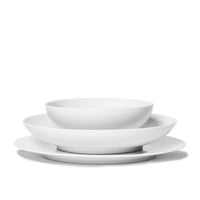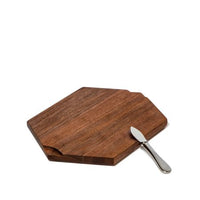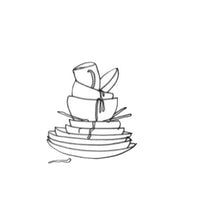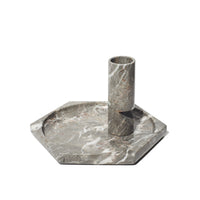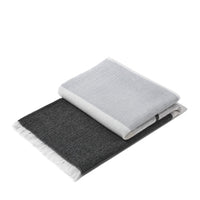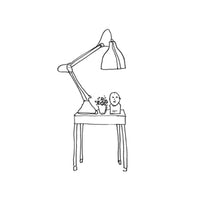If you're in the market for new bedding, you've probably come across the term "duvet insert". But what is a duvet insert, exactly? A duvet insert is a type of bedding that is designed to be used with a duvet cover. It is essentially a thick, fluffy blanket that is placed inside the cover to provide warmth and comfort while you sleep.
One of the main benefits of using a duvet insert is that it allows you to easily change the look of your bedding without having to replace the entire set. Simply swap out the duvet cover for a new one, and your bedding will look completely different.
Duvet inserts are available in a wide range of materials, from down and feathers to synthetic fibers, so you can choose the one that best fits your needs and preferences.
Understanding Best Duvets Insert

A duvet insert is a type of bedding that is designed to be used with a duvet cover. It is typically a lightweight, all-season option that provides warmth without the bulk of a traditional comforter.
The insert is inserted into the duvet cover, which can be removed and washed separately, making it a convenient and practical choice for bedding.
Duvet vs. Comforter: Clearing the Confusion
It's common for people to confuse duvets and comforters, but they are actually two different types of bedding.
A comforter is a single piece of bedding that combines the outer fabric shell and the insulating fill material into one unit.
On the other hand, a duvet is a soft, flat bag filled with down, feathers, wool, or synthetic fibers that is designed to be used with a separate duvet cover.
The Unique Advantages of Duvet Inserts
One of the main advantages of duvet inserts is their versatility.
You can easily change the look of your bedding by simply changing the duvet cover, without having to replace the entire bedding set.
Duvet inserts are available in a variety of weights and fills, making it easy to find one that suits your needs and preferences.
They are available in different fill weights, so you can choose one that provides the right level of warmth for your needs.
Select the Right Organic Duvet Insert

When it comes to selecting the right duvet insert, there are a few factors to consider. Here are some things to keep in mind as you shop for your perfect duvet insert.
Materials Matter: Down and Alternatives
One of the most important factors to consider is the material of the duvet insert.
Down is a popular choice for its warmth and softness, but it may not be the best option for those with allergies.
Down alternatives, such as hypoallergenic fibers, can offer similar warmth and comfort without the risk of allergic reactions.
Weight and Warmth for Comfort
The weight and warmth of the duvet insert are also important considerations.
A heavier duvet insert will provide more warmth, while a lighter one may be more comfortable in warmer temperatures.
All-season duvet inserts are a good option for those who want a versatile option that can be used year-round.
Sizing and Fit for Your Bed
Finally, it's important to select a duvet insert that fits your bed properly.
Oversized duvet inserts can provide a luxurious feel, but they may not be practical for all bed sizes.
Make sure to measure your bed and select a duvet insert that fits properly. Some duvet inserts also come with ties to keep them in place inside the duvet cover, which can be a helpful design feature.
Beautiful Duvet Covers: Function and Fashion

A duvet cover serves as a protective layer for your duvet insert, keeping it clean and extending its lifespan.
It also provides an opportunity to switch up the design of your bedding and add a pop of color or pattern to your bedroom decor.
This helps to keep the insert evenly distributed and prevents it from bunching up or creating empty spots.
Choose the Right Cover for Your Duvet Insert
When selecting a duvet cover for your insert, consider the design and construction of both pieces.
Look for a cover that is the right size for your insert and has ties or buttons to keep it in place.
Material is another important factor to consider.
Cotton and linen are popular choices for their breathability and durability, while silk and satin add a luxurious feel.
Choose a material that fits your personal preferences and complements your bedroom decor.
In addition to material, pay attention to the design of the cover.
Consider the color, pattern, and texture of the cover and how it will fit in with the overall aesthetic of your bedroom.
How to Maintain and Care the Best Duvet Insert

Proper maintenance and care of your duvet insert are essential to ensure its longevity and quality. In this section, we will discuss some of the best practices for cleaning and caring for your duvet insert.
Cleaning and Caring for Your Duvet Insert
Before cleaning your duvet insert, always check the care instructions provided by the manufacturer.
Each duvet insert may have specific cleaning and care requirements that need to be followed to ensure its longevity.
Some duvet inserts can be machine washed, while others may require dry cleaning.
If your duvet insert is machine washable, use a gentle cycle and mild detergent.
Avoid using bleach or fabric softeners, as they can damage the fibers of the insert.
After washing, tumble dry on low heat or air dry. Be sure to fluff the insert regularly to maintain its loft and prevent flat spots.
If your duvet insert requires dry cleaning, take it to a professional cleaner.
Dry cleaning can help to remove stains and odors without damaging the fibers of the insert. Be sure to follow the care instructions provided by the cleaner to ensure the best results.
Extending the Lifespan of Your Bedding
With proper care, a high-quality duvet insert can last for many years. Here are some tips to help you extend the lifespan of your bedding:
- Use a duvet cover to protect the insert from direct contact with body oils, sweat, and everyday wear and tear.
- Fluff and rotate the insert regularly to maintain its loft and prevent flat spots.
- Store the insert in a cool, dry place when not in use.
- Avoid exposing the insert to direct sunlight, as this can cause fading and damage to the fibers.
- Replace your duvet insert every 5-7 years, or as needed, to ensure optimal comfort and quality.
Additional Considerations
When selecting a duvet insert, there are a few additional considerations to keep in mind to ensure optimal comfort and health. Here are some important factors to consider:
Seasonal Adjustments for Optimal Comfort
Your choice of duvet insert should be adjusted based on the season to ensure maximum comfort.
For year-round use, a medium-weight duvet insert is ideal.
During warmer months, you may want to switch to a lightweight duvet insert to prevent overheating.
On the other hand, during colder months, a heavyweight duvet insert is recommended to provide maximum warmth.
Health and Hypoallergenic Concerns
If you have allergies or sensitive skin, it is important to choose a duvet insert that is hypoallergenic.
Down alternative duvet inserts are a great option for those with allergies or sensitivities.
Additionally, it is important to wash your duvet insert regularly to prevent the buildup of allergens and dust mites.
Conclusion
Understanding the versatility and practicality of duvet inserts has been enlightening. From their ability to effortlessly transform the look of our bedding to their wide range of materials catering to individual preferences, duvet inserts truly enhance our sleep experience.
Personally, delving into the intricacies of duvet inserts has given me a newfound appreciation for the importance of quality bedding. If you're looking to upgrade your bedding setup, consider exploring Snowe Home for premium duvet inserts and covers, where luxury meets comfort for a blissful night's sleep.
Frequently Asked Questions
How does a duvet insert differ from a traditional comforter?
A duvet insert is a soft, fluffy, and insulating layer that is typically encased within a removable soft cotton duvet cover. It is designed to provide warmth and comfort while you sleep and acts as the primary insulating component of your bedding setup. In contrast, a traditional comforter is a thick, quilted blanket that is designed to be used on its own as a standalone bedding item.
What are the typical uses for a duvet insert?
Duvet inserts are typically used as the filling for a duvet cover, which is a removable cover that protects the insert and can be easily washed. This combination creates a beautiful and functional bed covering that is versatile and easy to clean. Duvet inserts are available in various materials, including down, synthetic, and natural fibers, and can be used in a variety of settings, from warm to cold climates.
What alternative names are there for a duvet insert?
Duvet inserts are also known as comforter inserts or duvet inners. These terms are often used interchangeably, but they all refer to the same type of bedding item.
Is it possible to use a duvet insert in place of a comforter?
Yes, it is possible to use a duvet insert in place of a traditional comforter. In fact, many people prefer duvet inserts because they are easier to clean and can be swapped out more easily for different seasons or styles. However, if you choose to use a duvet insert without a duvet cover, it may not be as aesthetically pleasing as a traditional comforter.
What are the advantages of using a duvet insert?
Duvet inserts offer several advantages over traditional comforters. They are typically easier to clean, as the duvet cover can be easily removed and washed.
They also offer more versatility in terms of style and seasonality, as you can easily swap out the duvet cover for a different look.
Duvet inserts are often more lightweight and breathable than traditional comforters, making them a great choice for warmer climates or hot sleepers.
How do you properly use a duvet without an insert?
While it is possible to use a duvet without an insert, it may not be as comfortable or aesthetically pleasing.
To use a duvet without an insert, simply fold it in half and lay it across your bed like a traditional comforter.
However, keep in mind that duvets are typically thinner and less insulating than comforters, so you may need additional layers to stay warm.
